Coral Honeysuckle Info: How To Grow Coral Honeysuckle In The Garden
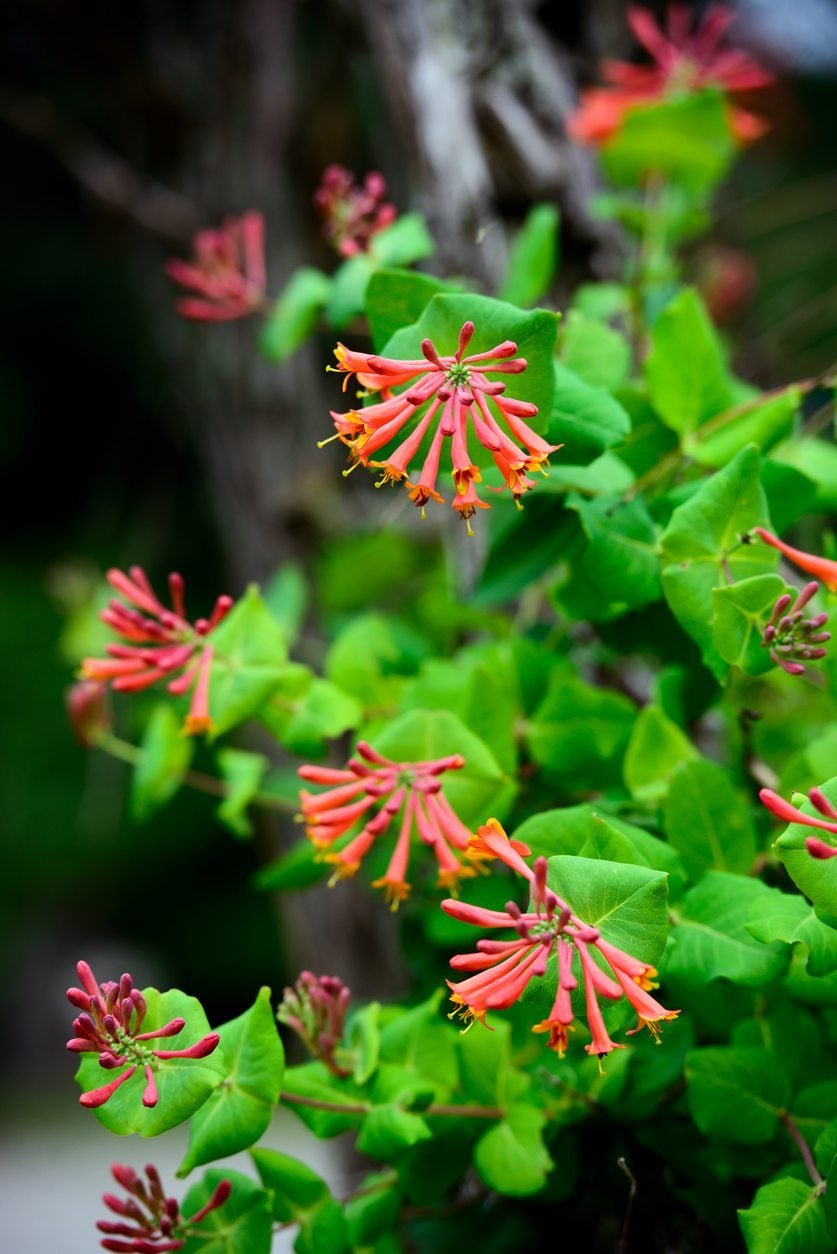

Coral honeysuckle is a beautiful, less-than-fragrant, flowering vine native to the United States. It provides a great cover for trellises and fences that is the perfect alternative to its invasive, foreign cousins. Keep reading to learn more coral honeysuckle info, including coral honeysuckle care and how to grow coral honeysuckle plants.
Coral Honeysuckle Info
What is coral honeysuckle? Depending upon whom you ask, coral honeysuckle (Lonicera sempervirens) is hardy in everything from USDA zone 4 through 11. This means it can survive virtually anywhere in the continental United States. Coral honeysuckle is a twining vine that can reach 15 to 25 feet (4.5-7.5 m.) in length. It produces attractive and fragrant trumpet-shaped flowers that grow in clusters. These flowers are 1 to 2 inches (2.5-5 cm.) long and come in shades of red, yellow, and coral pink. They are especially attractive to hummingbirds and butterflies. In the fall, these flowers give way to small red berries that will attract songbirds.
Is Coral Honeysuckle Invasive?
Honeysuckle gets a bad rap, and rightly so! Japanese honeysuckle is an especially invasive species in North America that is often planted without knowledge of how harmful it can be to local ecosystems. While that species should be avoided in the United States, coral honeysuckle is a native plant that has a place in the carefully balanced ecosystem. It is a good alternative to its dangerously invasive cousin.
Coral Honeysuckle Care
Growing coral honeysuckle vines is not difficult. The plant can grow in full sun to partial shade. Once established, it is very tolerant of both heat and drought. In very warm climates, the leaves are evergreen. In places with colder winters, the leaves will drop or some growth will die back. Coral honeysuckle will grow as a vine up trellises or along fences, but it can also be used effectively as a creeping groundcover.
Gardening tips, videos, info and more delivered right to your inbox!
Sign up for the Gardening Know How newsletter today and receive a free copy of our e-book "How to Grow Delicious Tomatoes".

The only child of a horticulturist and an English teacher, Liz Baessler was destined to become a gardening editor. She has been with Gardening Know how since 2015, and a Senior Editor since 2020. She holds a BA in English from Brandeis University and an MA in English from the University of Geneva, Switzerland. After years of gardening in containers and community garden plots, she finally has a backyard of her own, which she is systematically filling with vegetables and flowers.
-
 Looking For Plants To Give You The Soft And Fuzzies? Try These 5 Fuzzy Leaf Plant Options
Looking For Plants To Give You The Soft And Fuzzies? Try These 5 Fuzzy Leaf Plant OptionsLovers of texture, drama, silver foliage and tactile plants will adore these special sensory garden additions. These fuzzy leaf plant options will leave you all aglow
By Susan Albert
-
 Get Ready For A Summer Of Hummers! Grow These Full Sun Hummingbird Plants and Flowers
Get Ready For A Summer Of Hummers! Grow These Full Sun Hummingbird Plants and FlowersIf you’re lucky enough to enjoy a sunny backyard, make sure you are maxing out on your pollinator opportunities and grow these full sun hummingbird plants and flowers
By Tonya Barnett
-
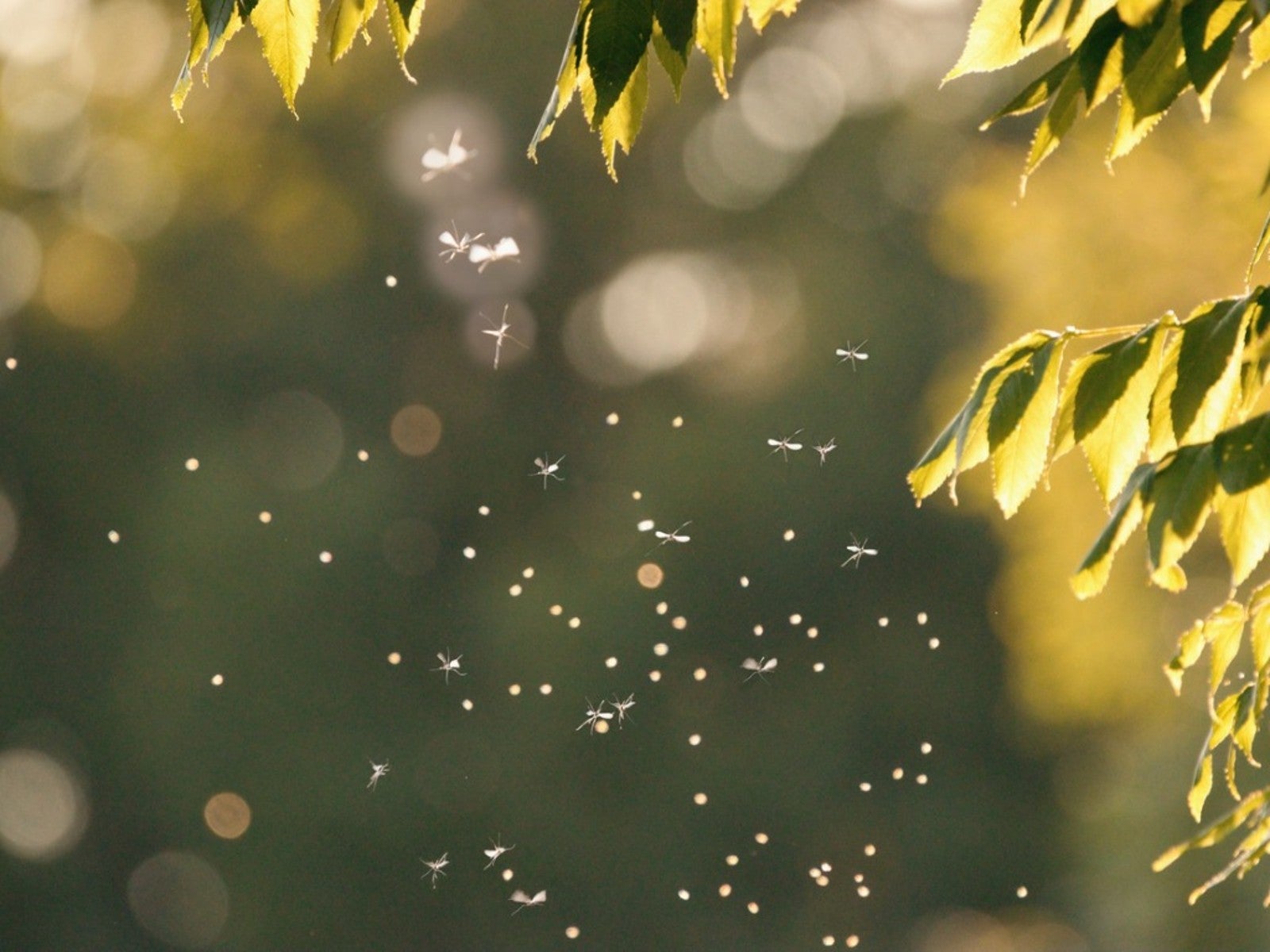 Honeysuckle Plants That Attract Mosquitoes
Honeysuckle Plants That Attract MosquitoesRecently, scientists have discovered a big problem: non-native honeysuckles might increase your yard’s mosquito population.
By Mary Ellen Ellis
-
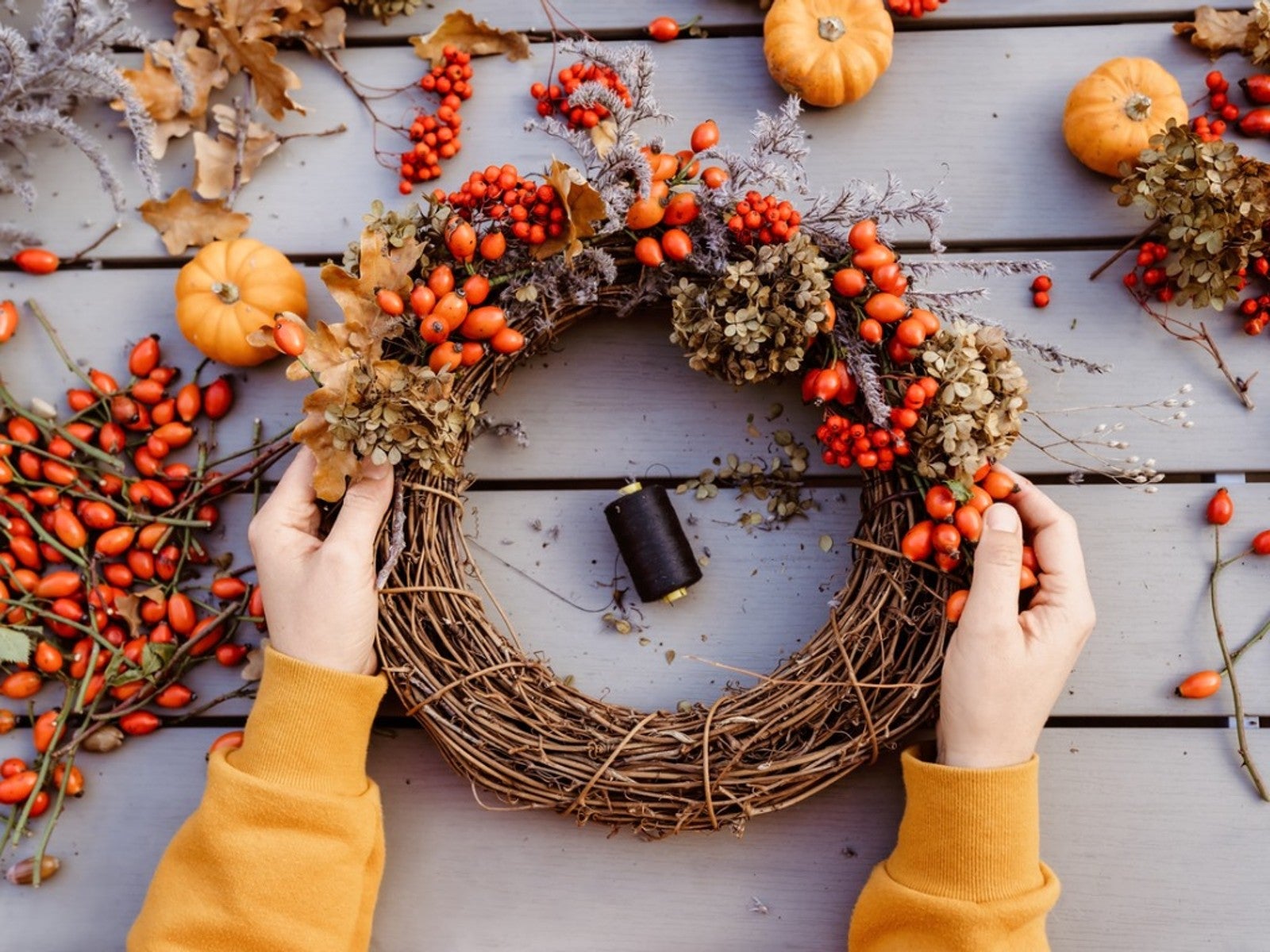 DIY Honeysuckle Wreath: How To Harvest And Use Honeysuckle
DIY Honeysuckle Wreath: How To Harvest And Use HoneysuckleWreaths lend a natural note to holiday decorations. Learn how to make a honeysuckle wreath for a keepsake you can use for years to come.
By Mary Ellen Ellis
-
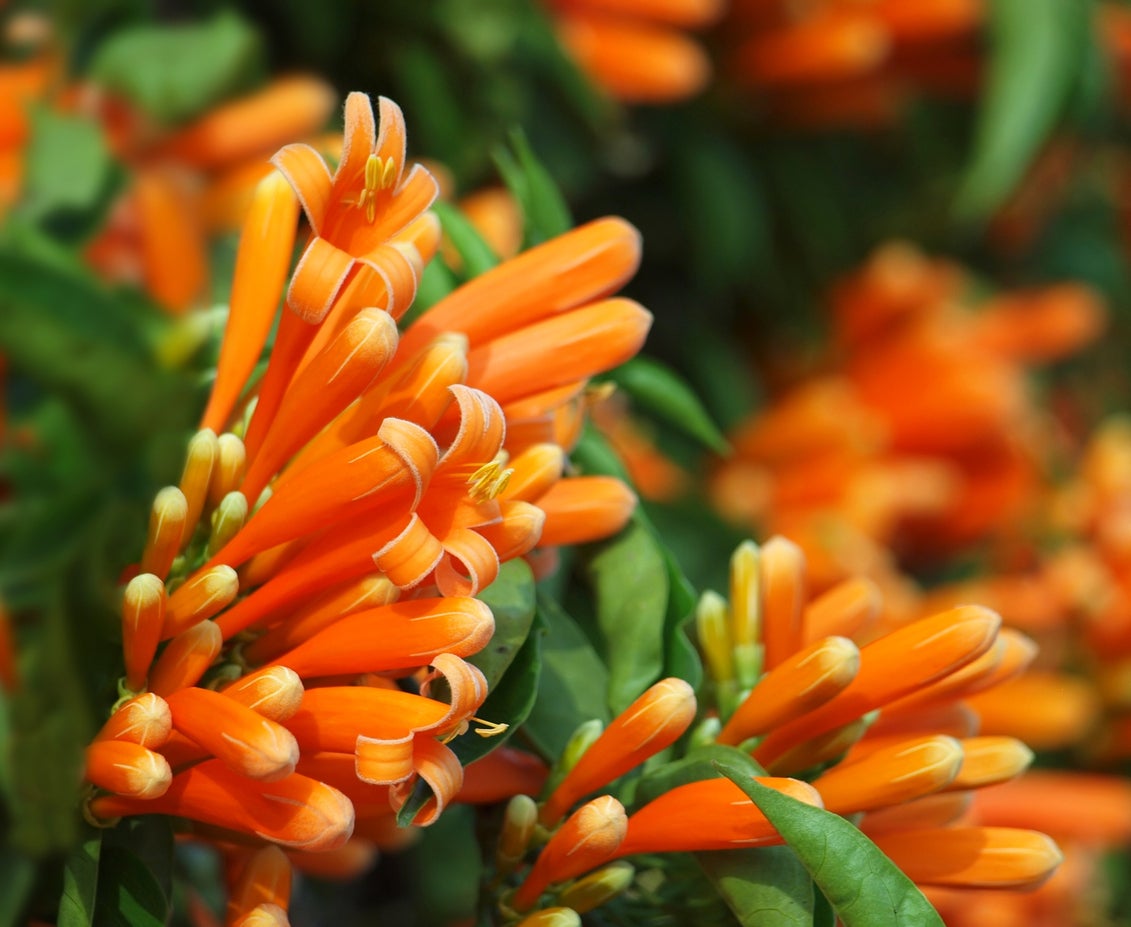 What Is Western Honeysuckle – How To Grow Orange Honeysuckle Vines
What Is Western Honeysuckle – How To Grow Orange Honeysuckle VinesWestern honeysuckle vines climb up some 33 feet (10 m.) and decorate the garden with sweet-smelling orange blossoms. Click this article for information about these vines including tips on how to grow orange honeysuckle in your home landscape.
By Teo Spengler
-
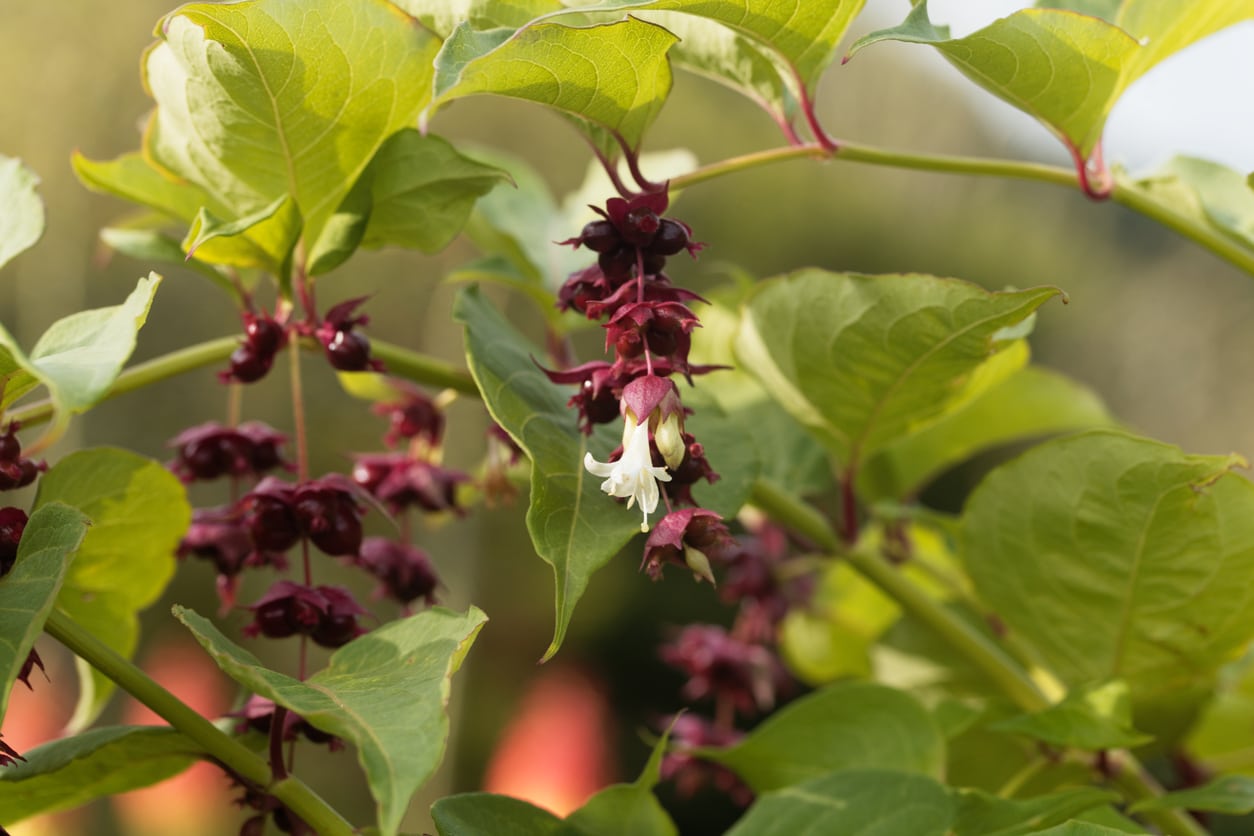 Himalayan Honeysuckle Plants: Tips For Growing Himalayan Honeysuckles
Himalayan Honeysuckle Plants: Tips For Growing Himalayan HoneysucklesHimalayan honeysuckle plants develop a truly unique looking flower. It is a carefree blooming plant that is attractive to butterflies, bees and even hummingbirds. The blooms are followed by tiny purple berries. Learn more about the plant in this article.
By Bonnie L. Grant
-
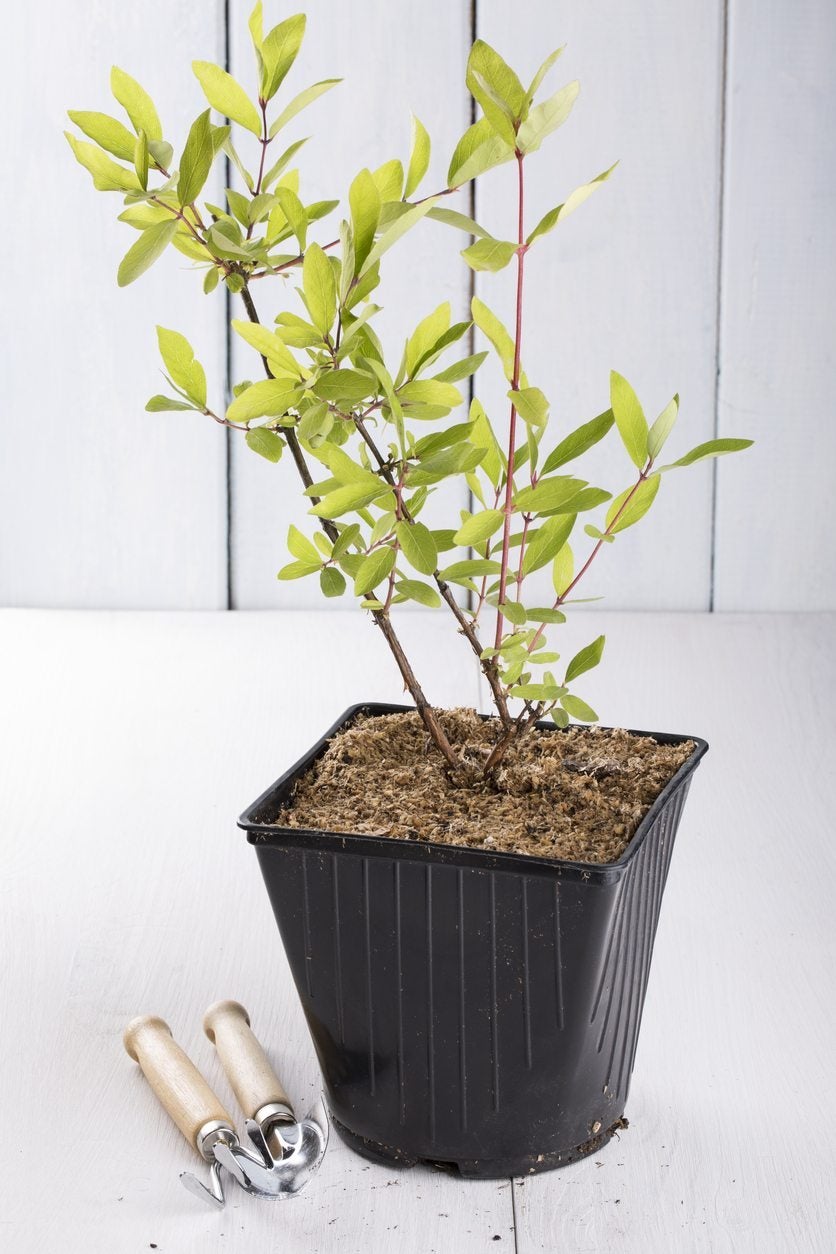 Honeysuckle Seeds And Cuttings: Tips For Propagating Honeysuckle Plants
Honeysuckle Seeds And Cuttings: Tips For Propagating Honeysuckle PlantsThe non-invasive honeysuckle is a desirable garden plant for pretty flowers. Propagating honeysuckle can be done in several ways. To expand the reach of this pretty, shade-creating vine in your garden, follow the tips and guidelines found in this article.
By Mary Ellen Ellis
-
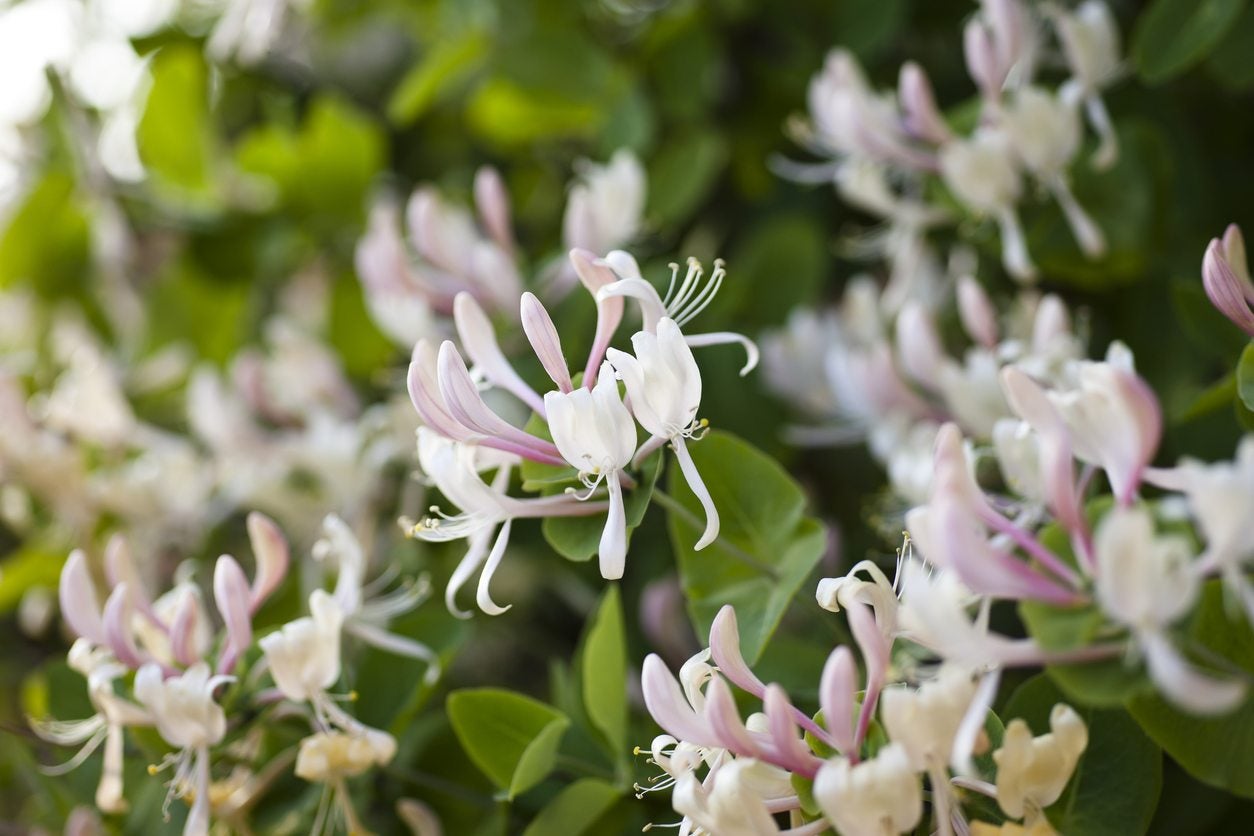 Transplanting Honeysuckles: How To Transplant A Honeysuckle Vine Or Shrub
Transplanting Honeysuckles: How To Transplant A Honeysuckle Vine Or ShrubEven the most attractive plants must be moved around in the garden sometimes. Whether you have a vine or a shrub, transplanting honeysuckles isn't too hard, as long as you know what you are doing. The information in this article will help get you started.
By Teo Spengler
-
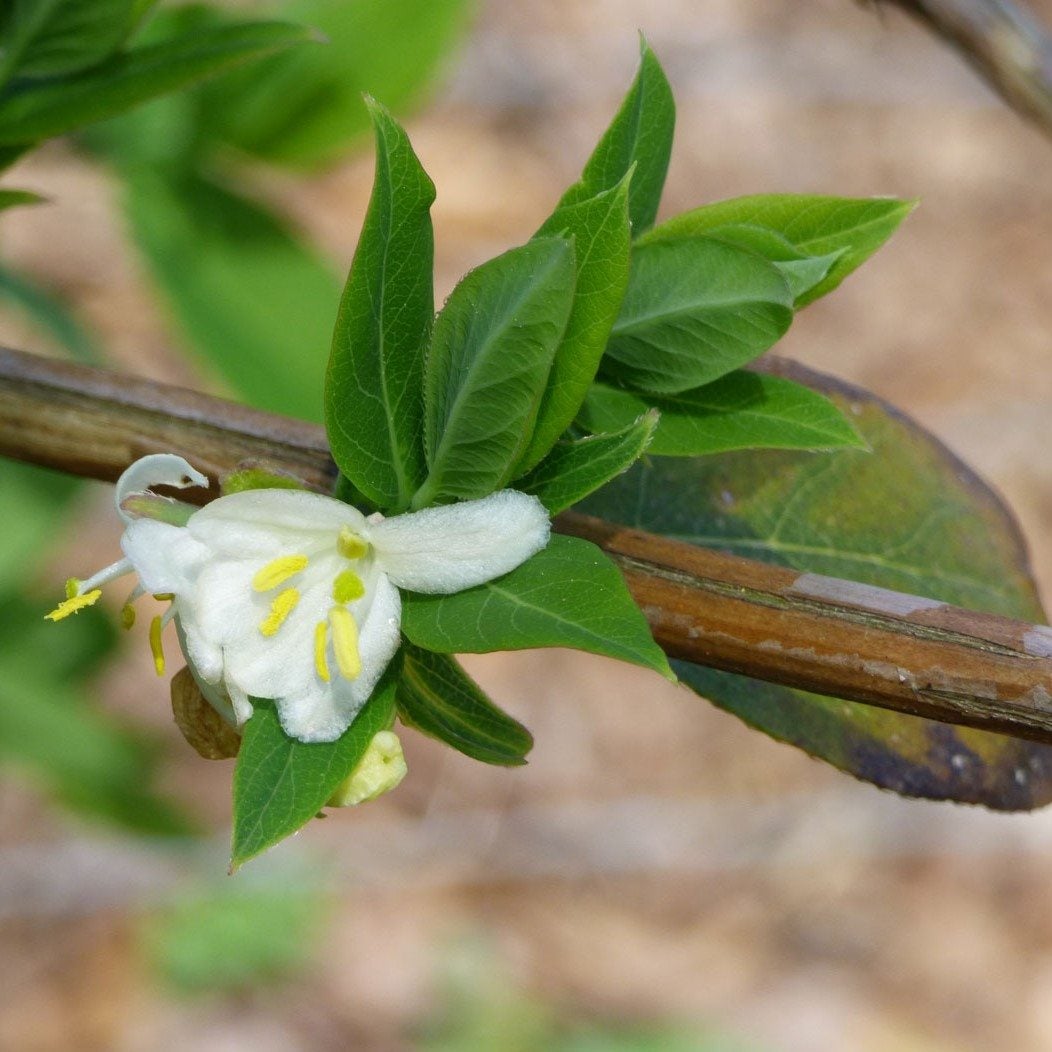 Care Of Winter Honeysuckle: Tips On Growing Winter Honeysuckle Shrubs
Care Of Winter Honeysuckle: Tips On Growing Winter Honeysuckle ShrubsThe winter honeysuckle bush has delightfully fragrant flowers popular with gardeners and landscapers. You can even find unattended stands thriving at crumbling old homesteads and graveyards. Learn more about winter flowering honeysuckle plants in this article.
By Jackie Carroll
-
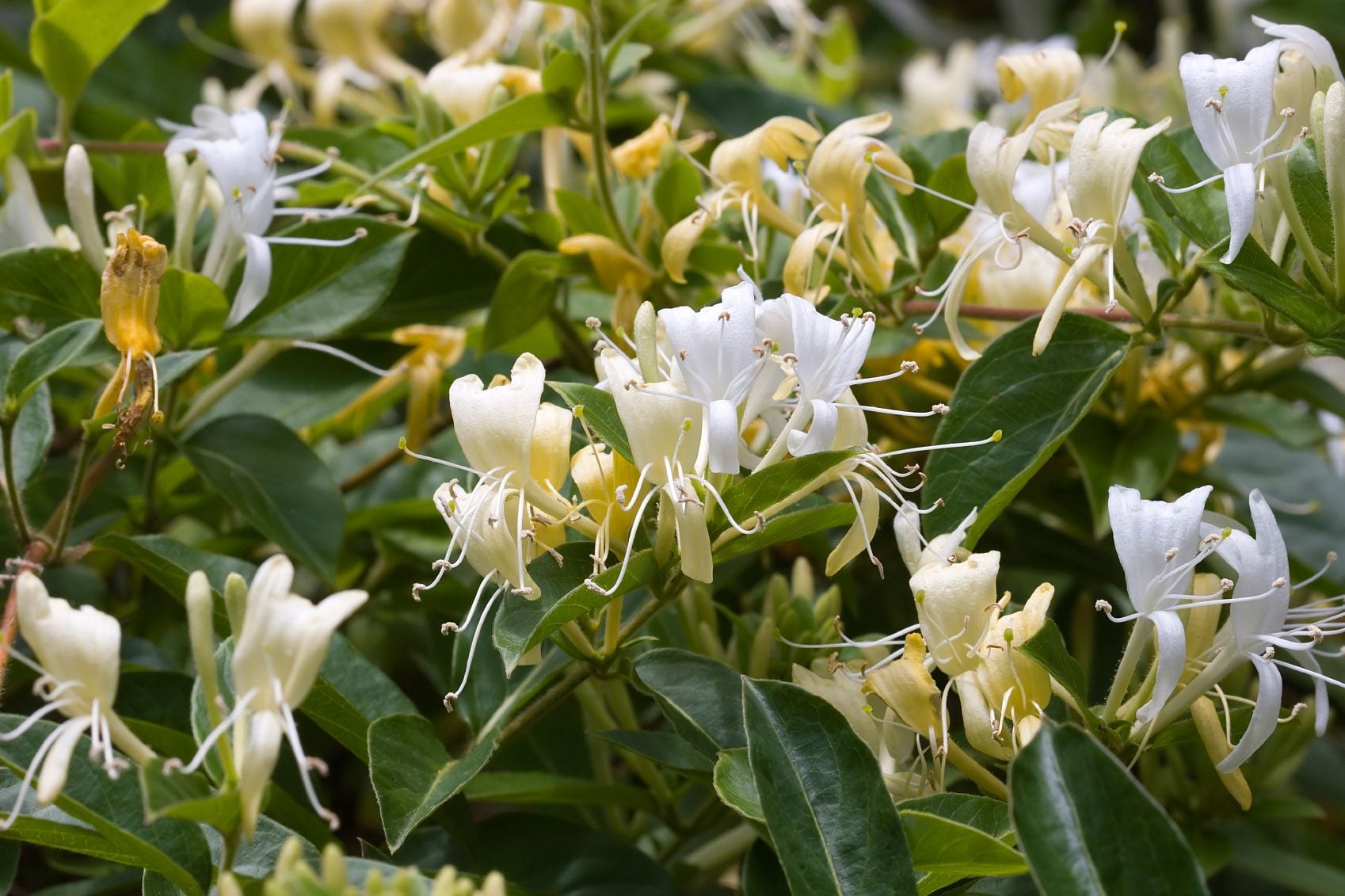 Japanese Honeysuckle Weed: How To Control Honeysuckle In Gardens
Japanese Honeysuckle Weed: How To Control Honeysuckle In GardensJapanese honeysuckles are invasive weeds that can take over your garden and damage the environment. Learn how to distinguish native honeysuckle from the exotic species and techniques for honeysuckle weed control in this article.
By Jackie Carroll